Energy Sources
We get the energy we use on a daily basis from different sources. They are divided into two main groups – renewable (an energy source that we can use over and over again) and non-renewable (an energy source that once used up cannot be replaced in a short period of time).
Non-renewable Energy
Most of the energy we use comes from fossil fuels such as gas, oil, peat, coal and petrol. This energy is used every day in homes, businesses, schools and for travel. Millions of years ago energy from the sun was absorbed by plants, some of which were eaten by animals. When the animals and plants died, they were covered with mud and waste and became part of the earth’s crust. For millions of years, they were squeezed together and heated from the centre of the earth until they turned into the fossil fuels that we use today. Crude oil (petroleum) is a naturally liquid fossil fuel, natural gas and propane are normally gases, and coal is a solid. Coal, oil, natural gas, and propane are all considered fossil fuels. Peat, a ‘young’ fossil fuel that takes several thousand years to mature, is also an important non-renewable energy source in Ireland. We turn some of these fuels into electricity to light and heat buildings and to heat water. A lot of appliances in our homes need electricity to work.
Burning fossil fuels produces carbon dioxide. Carbon dioxide is one of the greenhouse gases which are causing climate change. Greenhouse gases cause the earth to heat up by trapping the sun’s heat in the earth’s atmosphere. Climate change is causing the earth to become warmer.
Green-Schools Marine team have been working on a very exciting project over the past few months, developing educational resources for the new children’s TV series “Where the Wild Geese Go”. …
We are delighted to be back in schools and there is just so much happening. Looking forward to a great year ahead! Get all your September news here.
…We are delighted to launch the Green-Schools Marine Spatial Planning Photography Competition 2024. The aim of this competition is to find out how the students of Ireland would like to …
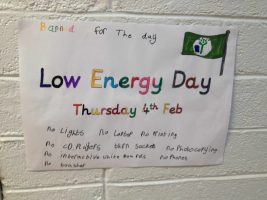
Scoil Íde is a girls primary school located in Artane, Dublin. There are 185 students and 20 teaching staff. They were awarded their Green Flag for Energy in May 2016.
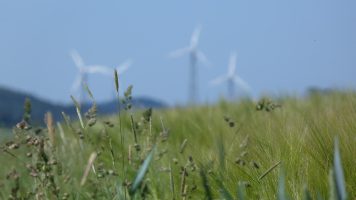
Moneygall National School is a mixed primary school in Offaly. There are 70 students and five teaching staff. They were awarded the Green Flag for Energy in May 2016.

The committee includes teachers, the caretaker, and at least one student from each year. Students and staff volunteer each new school year, while any members from previous school years can remain on if they wish.

St Marys Woodside N.S is located in Sandyford, Co Dublin. The school has approximately 27 Teachers and 254 students. They achieved their second flag for Energy in May 2022.
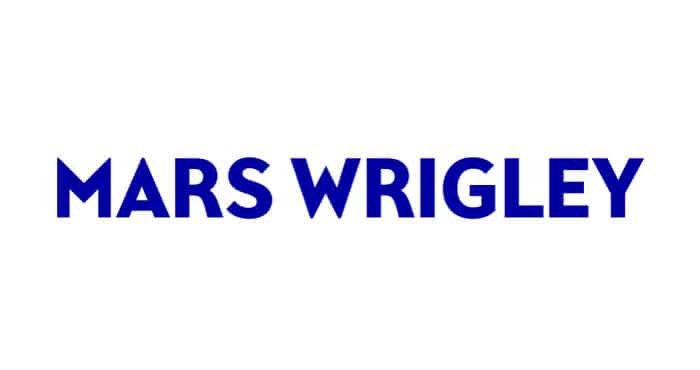
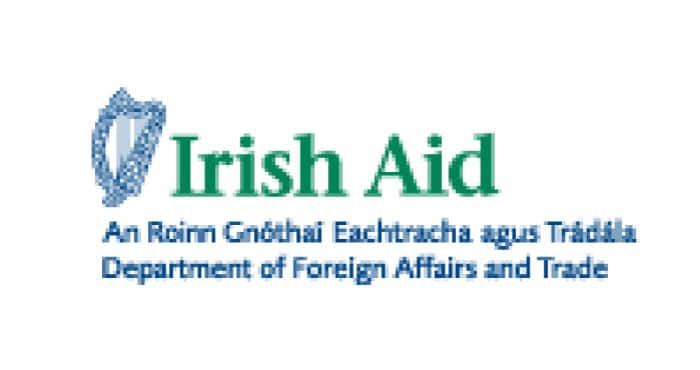
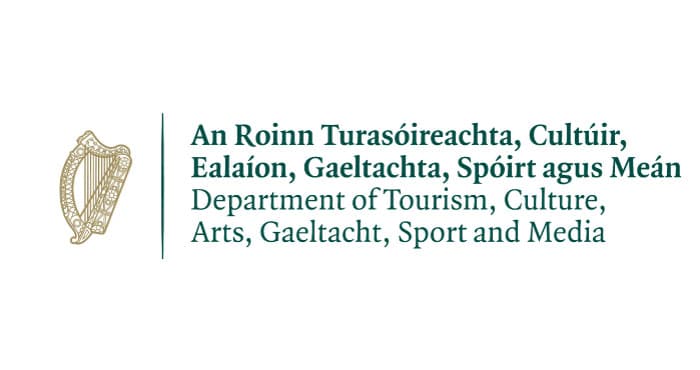

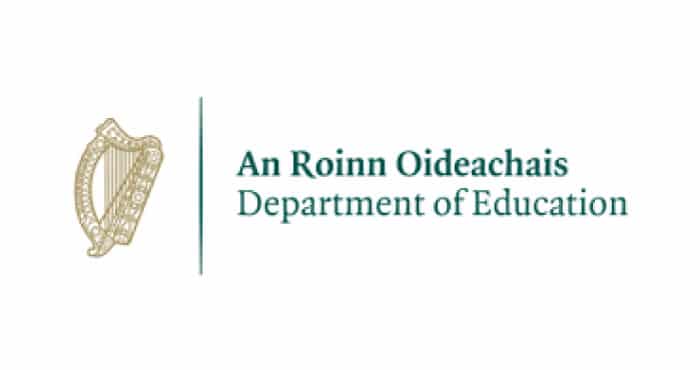






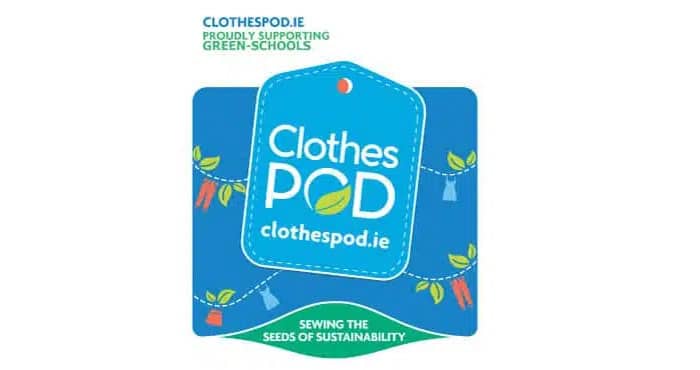
Green-Schools, An Taisce Environmental Education Unit. Registered Charity Number: CHY 4741 / CRA No: 20006358 / Company No: 12469

